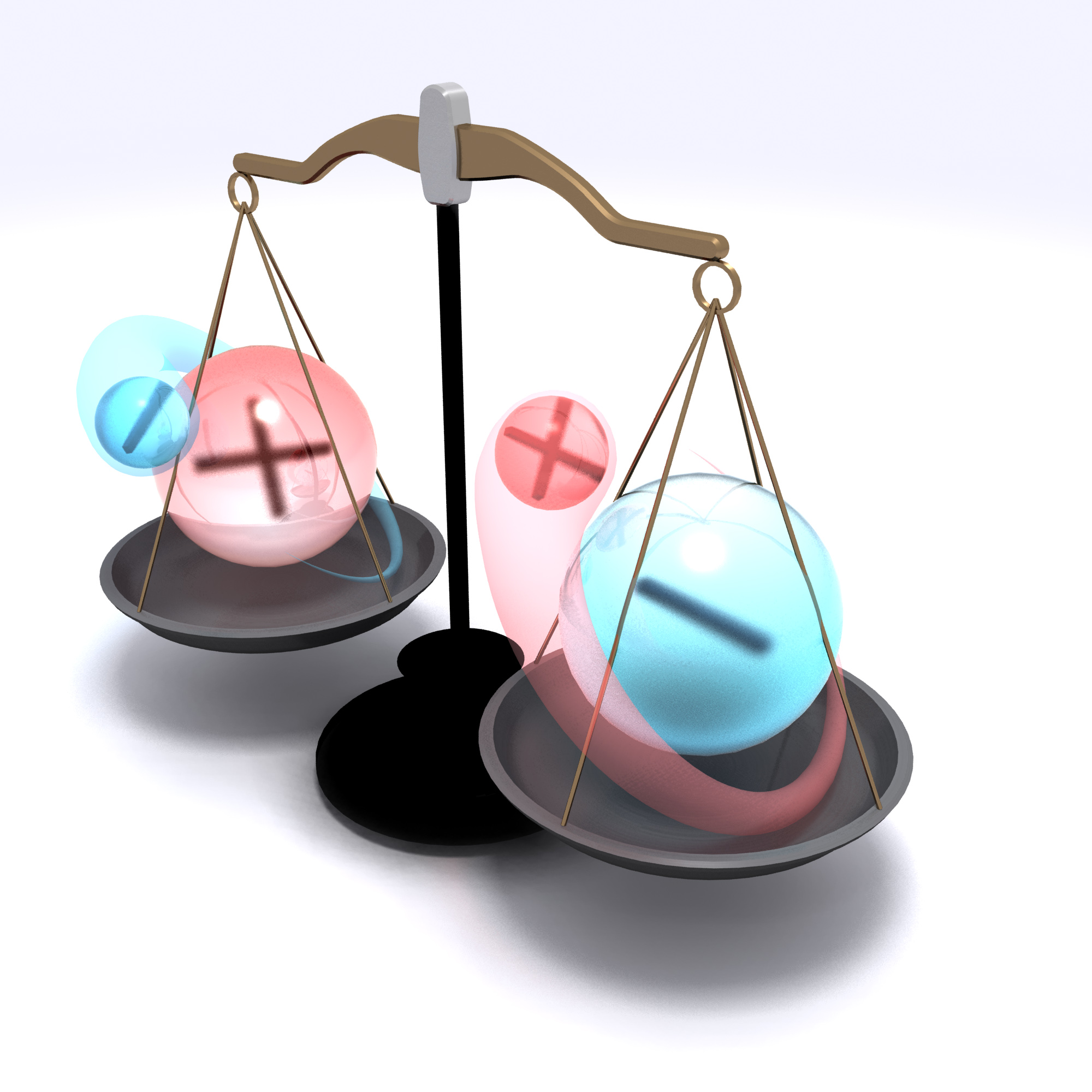Crazy World: Antimatter Might Just Fall Up

When it comes to antimatter, what goes up doesn't necessarily come down. In a new study, physicists weighed antimatter in an effort to determine how this strange cousin of matter interacts with gravity.
Ordinary matter atoms fall down due to the pull of gravity, but the same might not be true of antimatter, which has the same mass as matter, but opposite charge and spin. Scientists wondered whether antimatter atoms would instead fall up when pulled by gravity, and whether such a thing as antigravity exists.
"In the unlikely event that antimatter falls upward, we'd have to fundamentally revise our view of physics and rethink how the universe works," Joel Fajans, a physicist at the Lawrence Berkeley National Laboratory in California, said in a statement.
Fajans and his colleagues at the Alpha experiment at Switzerland's CERN physics lab made the first experimental measurements of the gravitational mass of antihydrogen — the antimatter equivalent of hydrogen, made of an antiproton and a positron (the antimatter counterpart to an electron). [Whoa! The Coolest Little Particles in Nature]
Conducting experiments on antimatter atoms is difficult, because when matter and antimatter meet, the two annihilate. Thus, any experimental apparatus that came into contact with the material being studied would be instantly destroyed. Scientists get around this predicament by building traps for antimatter made with magnets, which force antimatter particles to stay in a certain area. As soon as the magnets are turned off, the antimatter falls onto the walls of the trap and eviscerates.
But which direction does it fall toward?
To find out, the researchers studied the flashes of light created when antiparticles annihilated matter particles in the walls of the trap after its magnets were turned off. The location and time of the flashes depend on the initial position and velocity of the antimatter atoms, and the path they take when they fall.
Sign up for the Live Science daily newsletter now
Get the world’s most fascinating discoveries delivered straight to your inbox.
The results of the tests weren't conclusive, though they did give the physicists a fascinating picture into how antimatter interacts with gravity.
"Is there such a thing as antigravity? Based on free-fall tests so far, we can't say yes or no," Fajans said. "This is the first word, however, not the last."
In the future, the Alpha researchers plan to upgrade their experiment to a phase called Alpha 2, which should allow them to make more precise tests within five years. The scientists plan to use lasers to cool the antiparticles to reduce their energy while still being held by the trap; then the trap's magnetic fields could be used to manipulate the cooled antiparticles so they decay more slowly when the trap gets turned off, making measurements easier.
Ultimately, scientists have a long way to go toward unraveling the conundrum of antimatter. When the Big Bang formed the universe some 13.8 billion years ago, there should have been roughly equal amounts of matter and antimatter, scientists say. Somehow, almost all of the antimatter was destroyed in collisions with matter, and what makes up the universe today is the slight overabundance of matter left over.
To explain why that happened, physicists must understand the nature of antimatter, and how it behaves differently from the normal matter around us. In fact, research out this month found an inkling of that answer, when physicists saw that particles called B_s (pronounced ("B-sub-S") mesons are produced more often than their antimatter counterparts inside the giant particle accelerator at CERN called the Large Hadron Collider.
The results of the new study were detailed in a paper published today (April 30) in an issue of the journal Nature Communications.
Follow Clara Moskowitz on Twitterand Google+. Follow us @livescience, Facebook & Google+. Original article on LiveScience.com.











